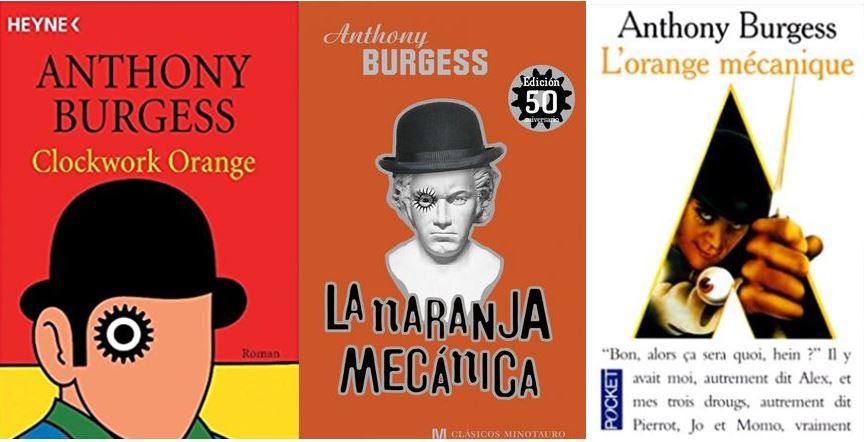We are at last delighted to announce the publication of our latest academic journal article on the Ponying the Slovos project in the prestigious Meta journal from the University of Montreal.
This compares the Nadsat in Anthony Burgess’s original text with that to be found in the French translation by Georges Belmont and Hortense Chabrier, about which we have spoken previously.
Readers with access to a university library can access this article through their university library account, but if we get requests to read it we will try to accommodate that by sending out pre-prints of the article to interested parties.
This article is the latest of a series of outputs, all of which can be seen here. It also foreshadows our next scheduled publication, which will compare the English, French and Spanish versions of Nadsat linguistically, using parallel translation corpora techniques. We’ve already introduced some of the findings here for those interested, and in a forthcoming post we’ll be looking specifically at the Spanish translation and its curious history.


